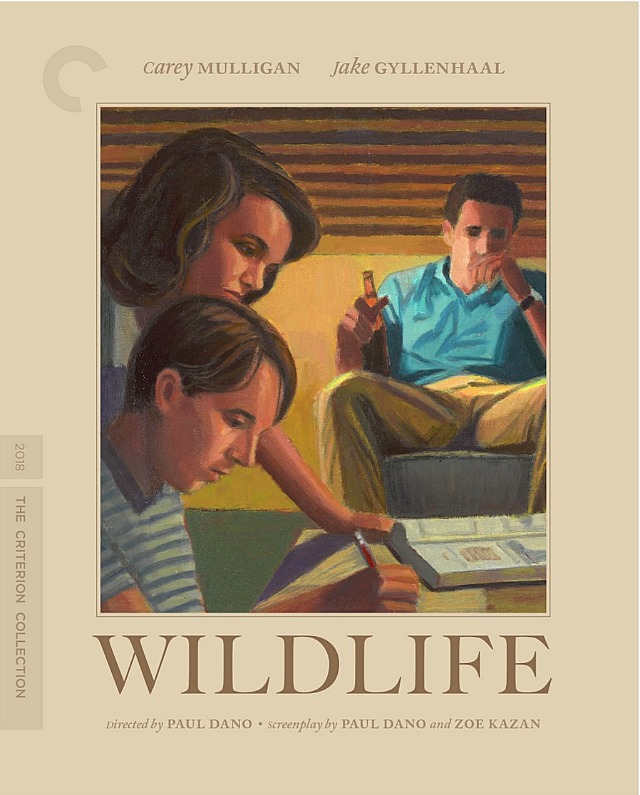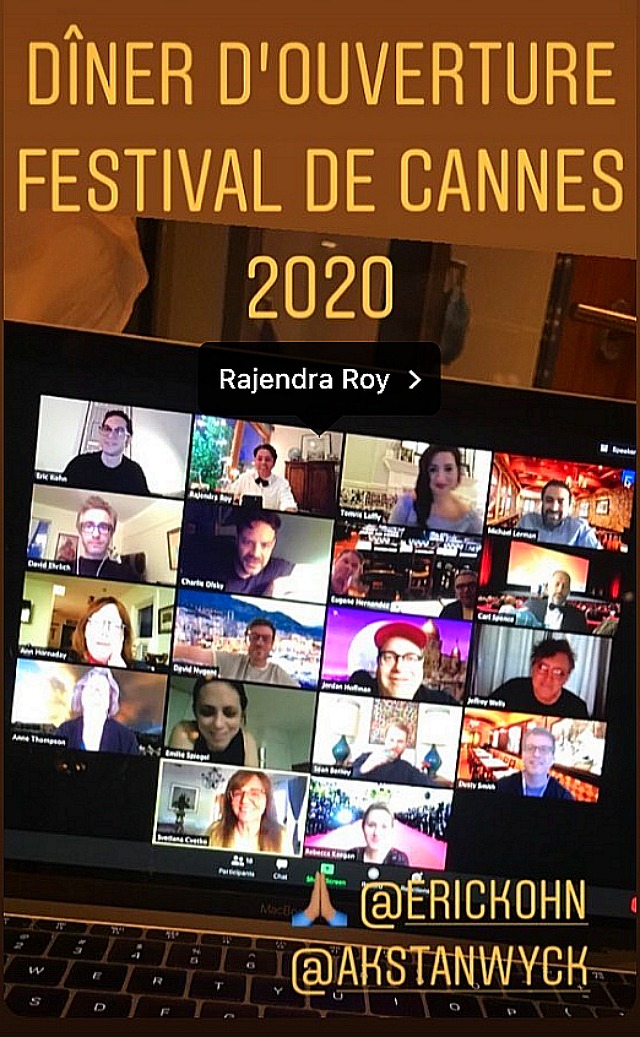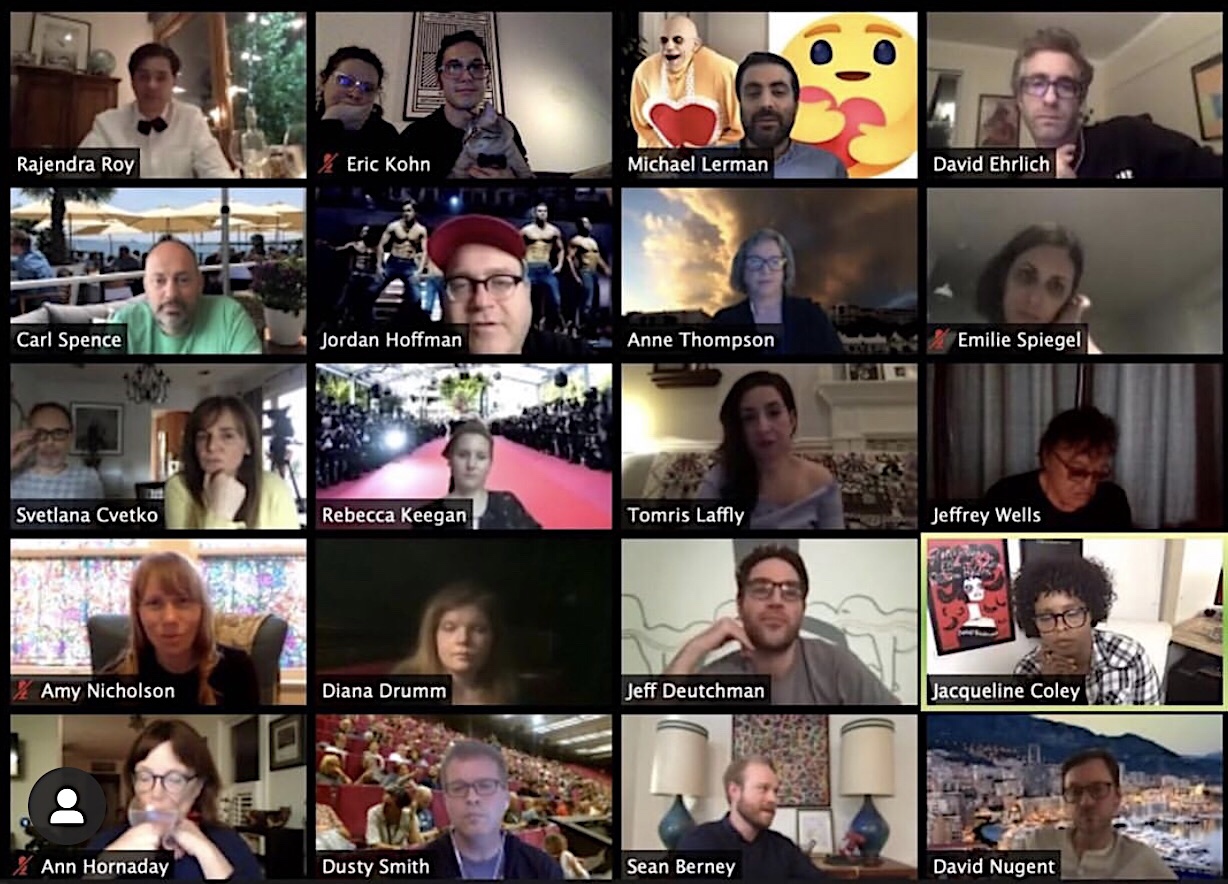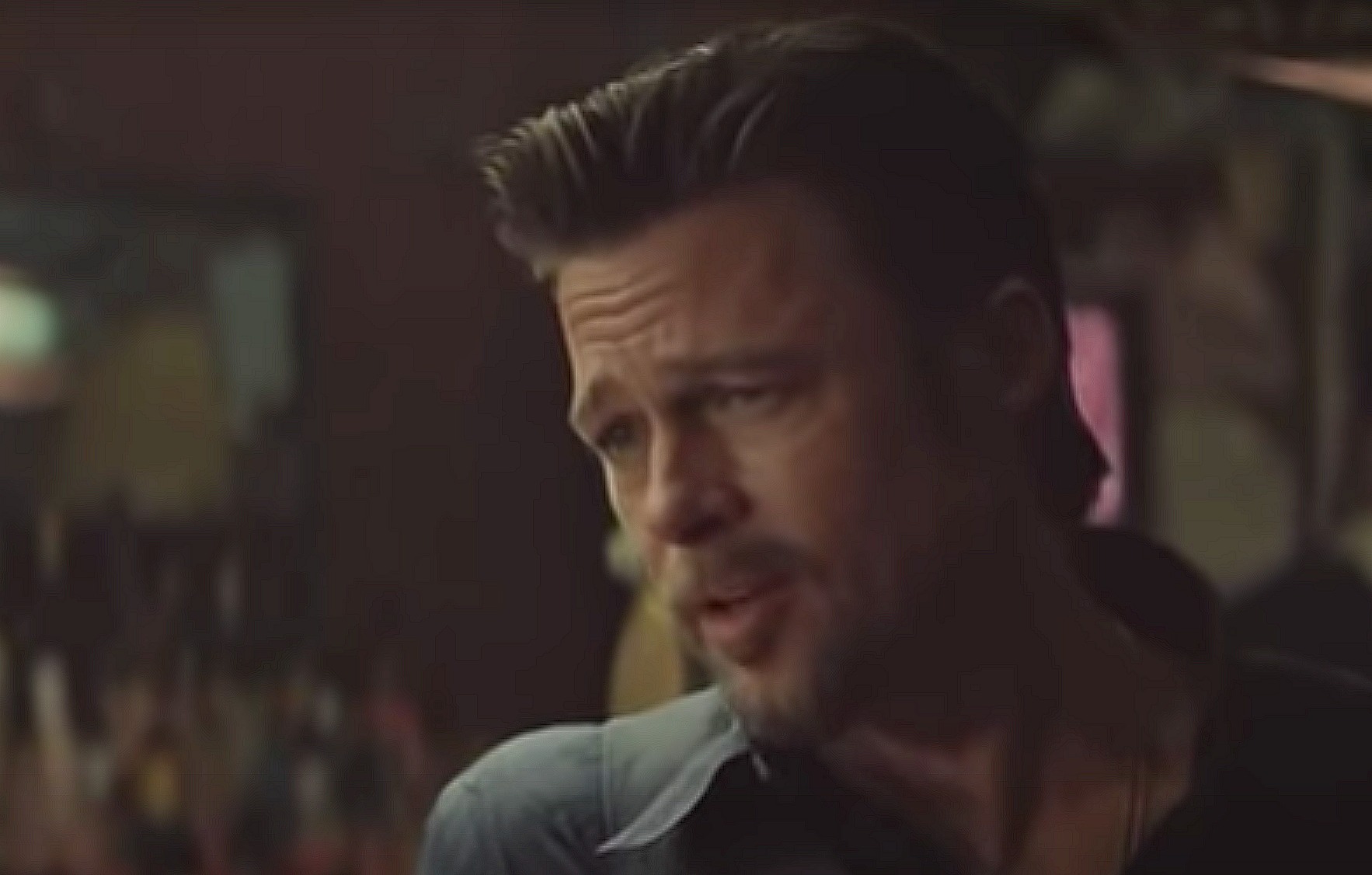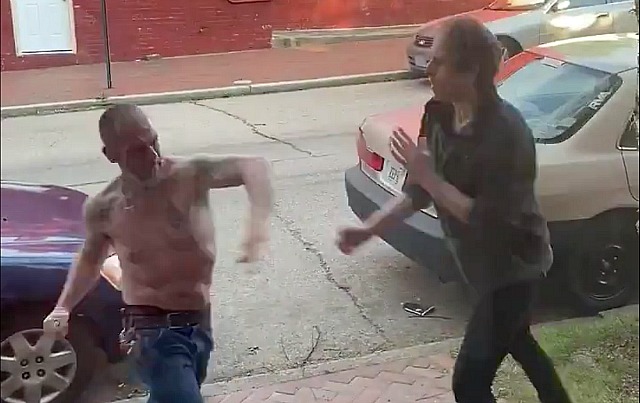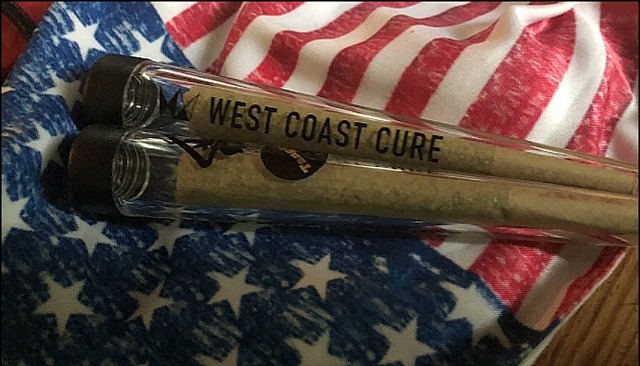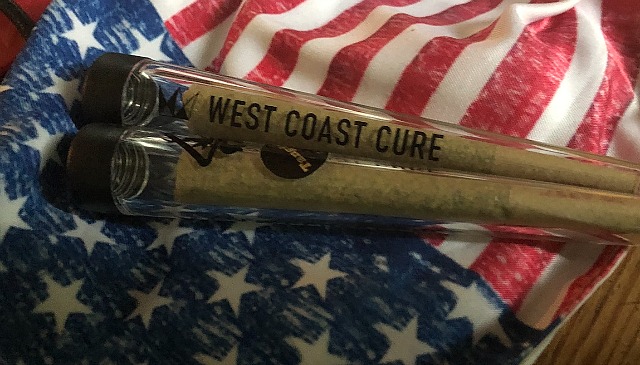Some of the La Pizza regulars (myself included) got together on Zoom this evening to chat and swap Cannes Film Festival stories and, I guess, remind ourselves that journalistic bon ami is still a thing, even in these suffocating times. Thanks to Indiewire‘s Eric Kohn and Anne Thompson for inviting me to participate.
18 industry pallies in all — Eric, Anne, myself, Rajendra Roy, Jordan Hoffman, Eugene Hernandez, Brian Brooks, David Ehrlich, Ann Hornaday, Rebecca Keegan, Tomris Laffly, Svetlana Cvetko, David Scott Smith, Amy Nicholson, Charlie Olsky, Michael Lerman, Carl Spence, Sean Berney, David Nugent, Diana Drumm, Jacqueline Coley, Dusty Smith, Jeff Deutchman.
I made the mistake of asking early on if the 2020 Telluride Film Festival is going to happen or not. The gang wasn’t in the mood at first. They were more into hive humor — anecdotal, giggly, quippy. Then again the conversation at regular La Pizza gatherings over the years has mostly leaned in this direction so this was a good recapturing.
Okay, I felt a tad underwhelmed by all the goofing around. It was like chatting with friends in the high-school parking lot after classes have ended at 2:45 pm. I was once again a miserable 17 year-old who resented the in-crowd. Some were sipping wine and therefore “happy,” and I was doing my usual suppressed Klaus Kinski while trying to be a good sport, etc.
At the very end of the session Anne Thompson asked for predictions about Telluride. Some…okay, most seemed to say it’s not going to happen in the usual traditional sense, but on some kind of closed or private screening basis in Los Angeles and New York. Or something like that. Hoffman said he believes that of all the hot fall festivals Telluride is the least likely to happen.
Thanks again to Eric and Anne. It was nice to talk shit and share recollections. I chuckled a few times. No harm, no foul.


